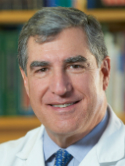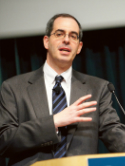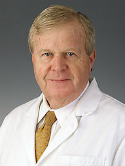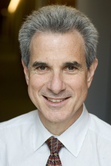| Abstract: |
Purpose: We determined the feasibility of radical prostatectomy after neoadjuvant chemohormonal therapy in locally advanced (stage T3 or greater) and/or high risk tumors (Gleason 8 to 10 and/or serum prostate specific antigen (PSA) greater than 20 ng/ml). Materials and Methods: Enrollment criteria included clinical stage T1 to 2 with any Gleason grade and PSA greater than 20 ng/ml, clinical stage T3 to 4 with any serum PSA or Gleason grade, or any clinical stage with biopsy Gleason grade of 8 to 10 and any serum PSA. All patients received neoadjuvant hormonal therapy during chemotherapy (4 cycles of paclitaxel and carboplatin and estramustine) followed by radical prostatectomy. Nerve sparing was decided on an individual basis and a nerve graft was offered to those who underwent unilateral or bilateral nerve resection. Perioperative morbidity, mortality and delayed complications were assessed. Results: A total of 36 patients were enrolled. After chemohormonal therapy clinical stage was less in 39% of patients and greater in 36%. Bilateral nerve sparing was performed in 3 patients and the remaining 33 underwent either unilateral or bilateral neurovascular bundle resection with nerve grafts performed in 17 (52%). Deep vein thrombosis (22%) was the most frequent complication of chemotherapy. Minor postoperative complications occurred in 6 patients. At a median followup of 29 months (range 5 to 51) after radical prostatectomy 32 (89%) were continent and 5 (15%) preoperatively potent men remained potent. The positive surgical margin rate was 22%. Of all subjects 45% remain free from biochemical recurrence. Conclusions: Neoadjuvant chemohormonal therapy followed by radical prostatectomy can be performed with low morbidity. Positive surgical margin rates are low. This approach yielded good local control of disease, however impact on tumor recurrence and survival is not known. |












